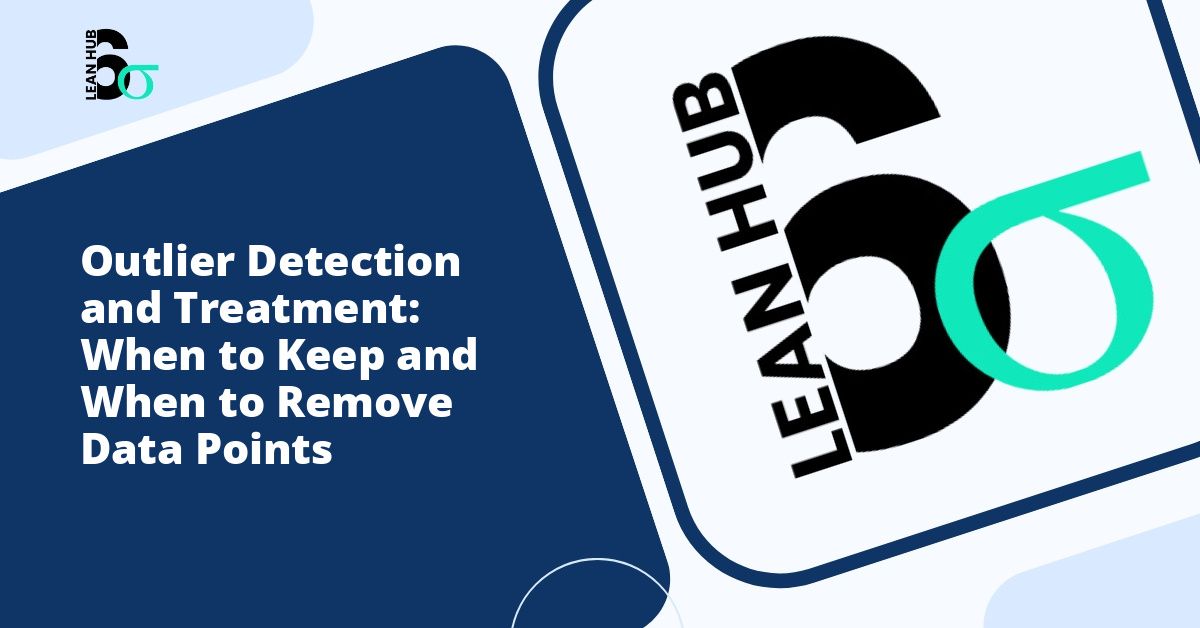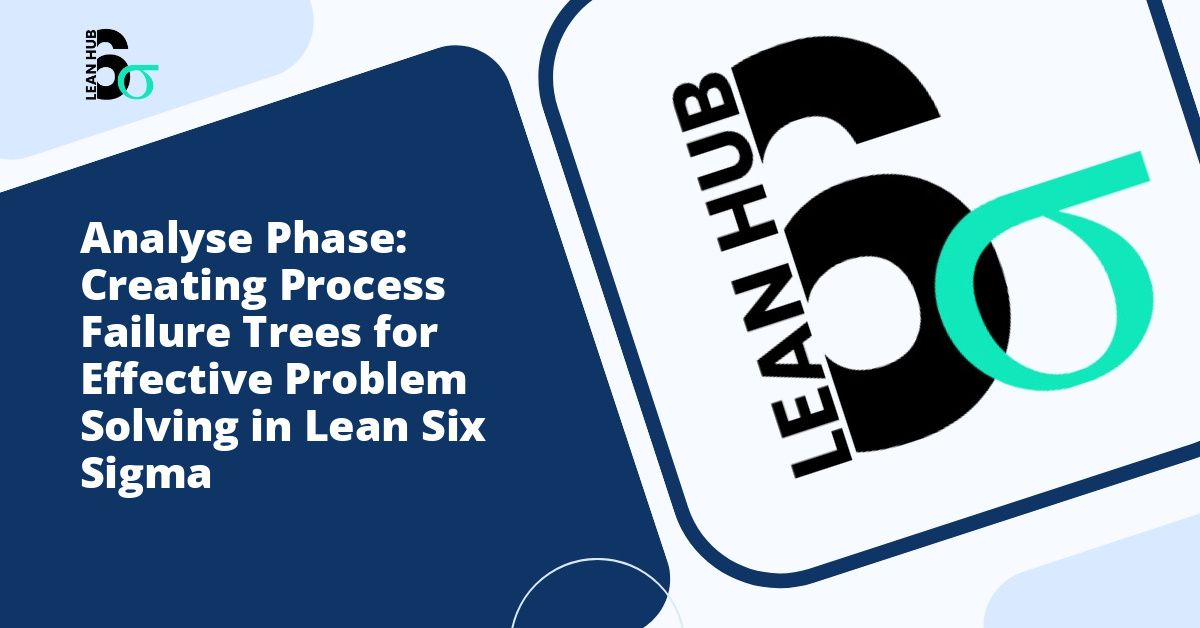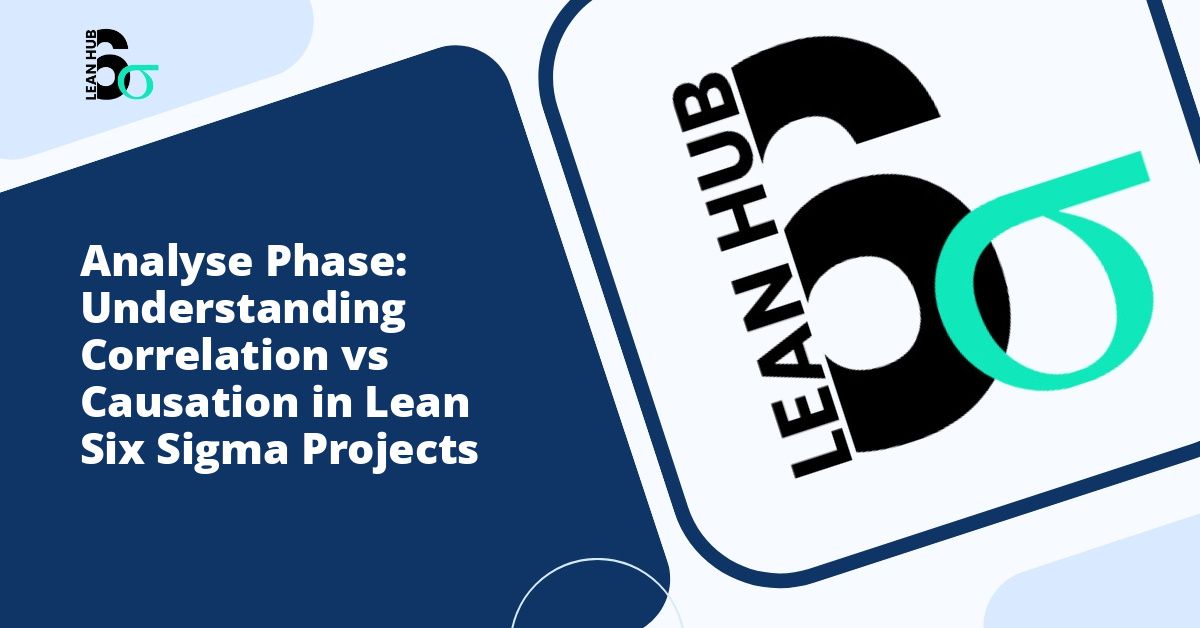In the world of data analysis and quality improvement, few topics generate as much debate as the treatment of outliers. These unusual data points can either represent critical insights or problematic errors that skew your analysis. Understanding when to keep and when to remove outliers is essential for anyone working with data, from business analysts to quality improvement professionals implementing lean six sigma methodologies.
Understanding Outliers in Data Analysis
An outlier is a data point that significantly differs from other observations in your dataset. These anomalous values can appear in any type of data collection, whether you are measuring production defects, customer satisfaction scores, or financial performance metrics. The presence of outliers does not automatically indicate a problem; rather, it signals the need for careful investigation and thoughtful decision-making. You might also enjoy reading about Correlation vs. Causation: Why Relationship Does Not Mean Cause and Effect.
Outliers typically fall into three categories: natural variation within the system, measurement errors, or indicators of special circumstances. Each type requires a different approach to treatment. Natural outliers represent legitimate extreme values that occur within normal system operations. Measurement errors result from faulty equipment, human mistakes, or data entry problems. Special circumstance outliers occur due to unique, identifiable events that caused unusual results. You might also enjoy reading about 5 Whys Technique: How to Dig Deep and Discover Root Causes in Problem-Solving.
The Role of Outliers in Lean Six Sigma
Within lean six sigma frameworks, outlier detection becomes particularly important during the recognize phase of process improvement. The recognize phase involves identifying problems, understanding current process performance, and establishing baseline measurements. During this critical stage, properly handling outliers can mean the difference between accurate process understanding and misleading conclusions. You might also enjoy reading about Failure Mode and Effects Analysis: A Strategic Approach to Prioritizing Potential Problems.
Lean six sigma practitioners must balance two competing risks: removing valid data that represents true process variation and retaining erroneous data that distorts analysis. This balance requires both statistical rigor and practical business judgment. The recognize phase sets the foundation for all subsequent improvement efforts, making accurate data representation essential for project success.
Methods for Detecting Outliers
Before deciding whether to keep or remove an outlier, you must first identify it reliably. Several statistical methods can help detect these unusual data points:
Visual Methods
Box plots provide an intuitive way to visualize data distribution and identify points that fall outside the typical range. Scatter plots help reveal outliers in multivariate data by showing relationships between variables. Histograms display the frequency distribution of your data, making extreme values readily apparent.
Statistical Tests
The Z-score method calculates how many standard deviations a data point lies from the mean. Generally, values with Z-scores greater than 3 or less than -3 are considered potential outliers. The Interquartile Range (IQR) method identifies outliers as values falling below Q1 minus 1.5 times the IQR or above Q3 plus 1.5 times the IQR.
More sophisticated approaches include the Grubbs test for detecting single outliers in normally distributed data and the Dixon Q-test for small datasets. These statistical methods provide objective criteria for identifying unusual observations, though they should always be combined with contextual understanding.
When to Remove Outliers
Removing outliers is appropriate under specific circumstances where keeping them would compromise the integrity of your analysis.
Documented Measurement Errors
If you can verify that an outlier resulted from a measurement error, removal is justified. Examples include equipment malfunctions, incorrect data entry, or violations of testing protocols. Documentation is key; you should always record why specific data points were removed and maintain the original dataset for reference.
Values Outside Possible Range
Sometimes outliers are physically impossible given the nature of what is being measured. A temperature reading of 500 degrees Celsius in an office environment or a negative value for something that cannot be negative indicates data collection problems rather than legitimate observations.
Non-Representative Conditions
When outliers occur during clearly identified abnormal circumstances that will not recur, removal may be appropriate. For instance, if a power outage disrupted production for one day, that day’s output data might not represent normal operating conditions. However, this decision requires careful judgment and should align with your analysis objectives.
When to Keep Outliers
In many situations, retaining outliers provides more accurate insights than removing them.
True Process Variation
If an outlier represents genuine variation in your process, removing it creates an artificially optimistic picture of performance. Real-world processes include variability, and understanding the full range of outcomes helps develop more robust improvement strategies. During the recognize phase of lean six sigma projects, acknowledging true variation is essential for setting realistic improvement goals.
Important Signals
Outliers often contain valuable information about system behavior under stress or unusual circumstances. These data points might reveal weaknesses in your process, opportunities for improvement, or factors that influence performance. Removing them could mean missing critical insights that drive breakthrough improvements.
Small Sample Sizes
When working with limited data, removing outliers can dramatically distort your analysis. Small samples are particularly susceptible to the impact of removing even a single data point. Unless you have clear evidence of measurement error, keeping all data points provides a more honest representation of your limited information.
Best Practices for Outlier Treatment
Regardless of whether you ultimately keep or remove outliers, following these best practices ensures methodologically sound analysis:
Investigate Before Deciding
Never remove outliers automatically based solely on statistical criteria. Investigate each unusual data point to understand its origin and meaning. Talk to people involved in data collection, review process documentation, and examine circumstances surrounding the observation.
Document Your Decisions
Maintain detailed records of which outliers you removed, why you removed them, and what impact removal had on your analysis. This documentation supports transparency and allows others to evaluate your methodology. In lean six sigma projects, this documentation becomes part of the project charter and provides crucial context for the recognize phase findings.
Perform Sensitivity Analysis
Analyze your data both with and without outliers to understand their impact on conclusions. If removing outliers dramatically changes your results, this suggests they contain important information. If results remain similar, outliers may be less influential than initially thought.
Consider Robust Statistical Methods
Instead of removing outliers, consider using statistical techniques less sensitive to extreme values. Median-based measures, trimmed means, and robust regression methods allow you to work with complete datasets while minimizing outlier influence.
The Context-Dependent Nature of Outlier Treatment
No universal rule determines when to keep or remove outliers. The appropriate approach depends on your analysis objectives, data characteristics, and the specific context of your work. Predictive modeling may require different treatment than descriptive statistics. Process control applications have different needs than hypothesis testing.
The key is approaching outlier treatment as a thoughtful, documented decision rather than an automatic procedure. This approach aligns with the disciplined methodology of lean six sigma while acknowledging the practical realities of working with real-world data.
Conclusion
Outlier detection and treatment represents a critical decision point in data analysis. During the recognize phase of improvement projects and throughout analytical work, these unusual data points require careful consideration. By understanding different types of outliers, employing appropriate detection methods, and applying context-specific judgment, you can make informed decisions about when to keep and when to remove these challenging data points. Remember that transparency, documentation, and methodological rigor should guide every decision, ensuring your analysis maintains both statistical validity and practical relevance.








